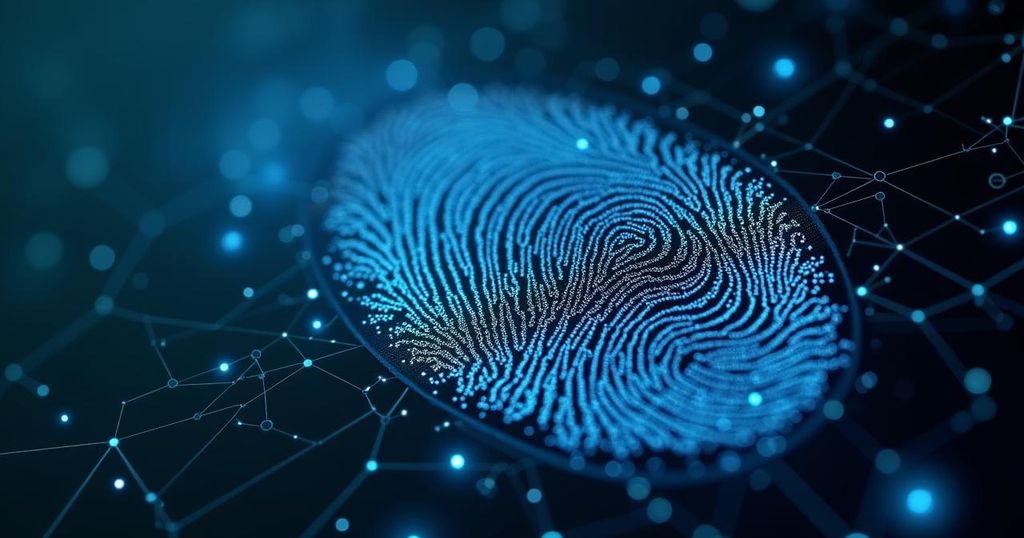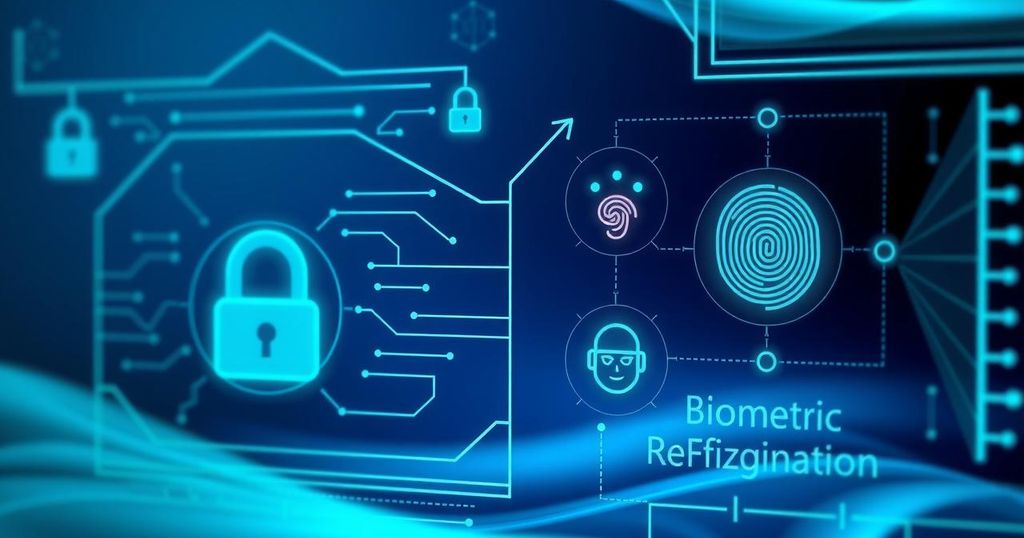Contactless hand biometrics currently face accuracy limitations for standalone forensic applications, highlighting a need for additional methods to support identification. Research by the Biometrics and Security Research Group outlines varying algorithm performances, while Innovatrics advances 3D fingerprint technology to enhance accuracy significantly. NIST updates regarding interoperability reflect ongoing efforts to standardize and improve contactless fingerprint biometrics.
Development in contactless hand biometrics is revealing promising avenues for forensic applications, although current standalone accuracy levels remain insufficient for comprehensive investigative use. A research study conducted by the Biometrics and Security Research Group at Hochschule Darmstadt, alongside the Technical University of Denmark, evaluated the effectiveness of various methodologies within contactless hand biometric systems. The study categorizes these systems into hand-part-based and whole-hand biometric approaches while assessing multiple algorithms’ performance. Among the findings, the MBA-Net algorithm achieved a remarkable rank 1 identification rate of 96.8% in controlled scenarios. However, identification rates for more diverse or challenging conditions dropped significantly, with cross-database scenarios yielding a ceiling of 34.9% and only 11.2% under cross-database challenges. The report suggests that integrating complementary techniques, such as soft biometrics, could enhance the utility of contactless hand biometrics in forensic contexts. Further advancement is seen with Innovatrics, which has engineered a groundbreaking 3D fingerprint technology that reportedly triples the accuracy of biometric evaluations. The firm undertook an extensive project involving the creation of gypsum casts of fingerprints to gain insight into distortion characteristics in 3D scans. By assimilating synthetic fingerprint data and conducting thorough testing, Innovatrics aims to incorporate this refined neural network into its mobile libraries and biometric identification systems (ABIS), ultimately enhancing client access to advanced contactless fingerprint biometrics. In contemporary developments, the National Institute of Standards and Technology (NIST) has refined its guidance regarding the interoperability of contactless fingerprints, highlighting the growing industry’s focus on establishing robust standards and protocols.
The evolution of contactless biometrics, particularly in the realm of fingerprint and hand recognition, is driven by a need for more efficient and less intrusive methods for identity verification and forensic analysis. Traditional methods often require direct contact, which can lead to issues such as wear on devices and contamination. The development of contactless systems aims to overcome these challenges. This realm of technology primarily involves sophisticated imaging techniques and artificial intelligence (AI) to accurately identify users based on unique biometric traits. The dual pathways of continuous research for both hand biometrics and 3D fingerprint modeling underscore an industry trend toward enhancing accuracy and reliability for real-world applications, especially in law enforcement and security.
While contactless hand biometrics demonstrate significant potential for future forensic use, current accuracy challenges necessitate integrating additional methodologies for meaningful application. The MBA-Net and ABD-Net algorithms reveal contrasting performances under varying conditions, prompting an analysis of their optimal use cases. Innovatrics’ advancements in 3D fingerprints showcase exciting possibilities, pushing the biometric field towards greater reliability and effectiveness. Collaboratively, these efforts will likely set precedents for enhanced integration of contactless systems in forensic investigations, moving toward improved operational standards as championed by NIST.
Original Source: www.biometricupdate.com







